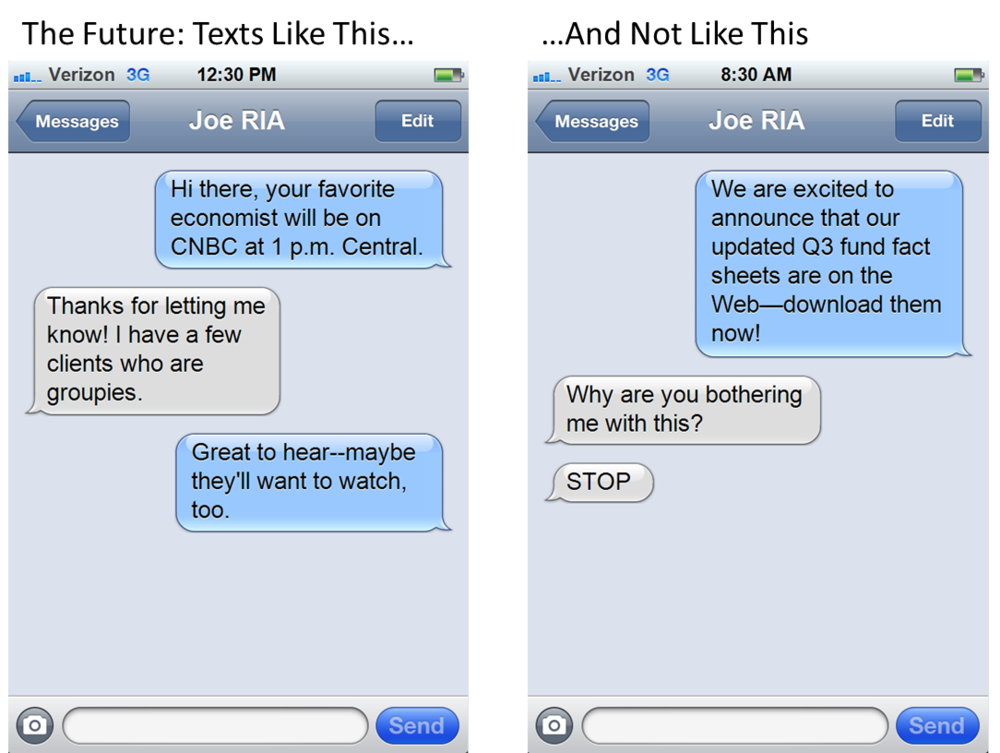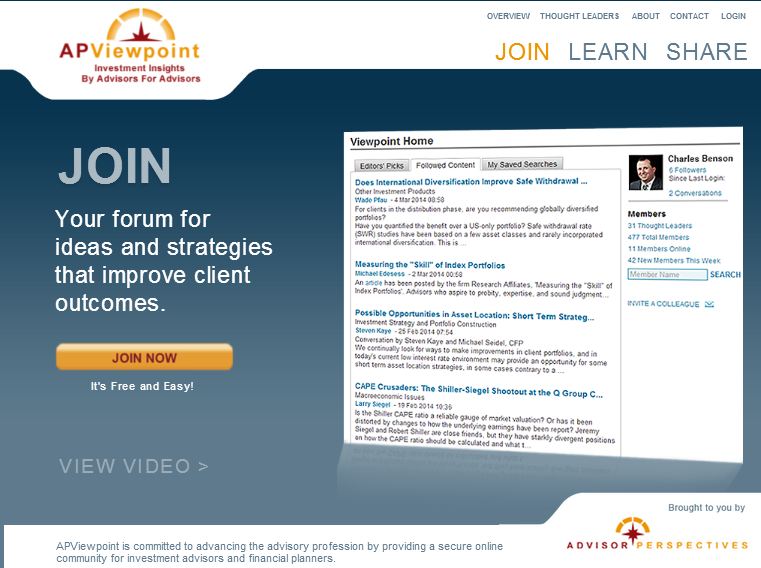42 Mutual Fund And ETF Asset Manager Blog Feeds For Your Reading Pleasure
/ TweetEvery time an asset manager launches a blog, a team of angels gets its wings. Or something like that.
There’s a lot of prep required to bring a blog to life, never more so than when you have to prove the business case, grease the Compliance wheels, collaborate with IT on a platform and corral highly compensated investment talent to commit/submit to a regular writing schedule.
Loomis Sayles Launches LandScape: A Blog Focused on Research http://t.co/Cq7G4pyqb5pic.twitter.com/1mHeiuCGdM
— Loomis Sayles (@LoomisSayles) September 23, 2014
On the occasion of both the Loomis Sayles’ blog launching this week and the one-year anniversary this month of Vanguard’s Institutional blog (yep, not only do institutional investors “use the Internet”—they read blogs, too), I thought I’d share my list of mutual fund and exchange-traded fund (ETF) RSS feeds.
As I’ve noted previously and elsewhere, an RSS feed reader is an easy, efficient way to plow through the news. But, subscription numbers available from the leading RSS feed reader, Feedly, suggest that relatively few asset manager blogs are read this way. Not even the most popular Vanguard blog clears 1,000 Feedly subscribers, although that number has doubled in a year. Most investment company blogs have just double- and even single-digit Feedly subscribers. Apparently, the more common way to keep up is via email subscriptions from each firm.
Not all of the feeds are labeled "blogs." Some firms prefer to avoid the expectation that a blog should allow for user comments. This collection doesn’t stand on formality—if a site offers an RSS feed for its content updates, it’s included. (If your firm offers a blog or an RSS feed and needs to be added to the list, just shoot me an email.)
Lots For Marketers And Advisors To Learn From
For marketers, there are plenty of best practices to learn from:
Check out how often firms are communicating, mostly with substance.
Note what a difference a strong graphic can make when previewing a post through a feed reader. Below is a screenshot of the Guggenheim blog posts as viewed through Feedly on the desktop.
See that some firms enable the full text to be read within the reader while others offer just an abstract, in the hope that readers will follow the link to the site for the rest of the content. Sometimes they do.
Blogs aren’t forever. In reviewing the list prior to publishing it, I noticed a few blogs launched in the last few years have gone to Blog Heaven. They can be a lot of work. When the interest externally or internally isn't there, the smartest decision can be to pull the plug on a blog.
Of course, for financial advisors, investors and others, these updates are a font of relevant, timely information.
Accessing The Feeds
Without any further ado, here's how to access the list.
If you go to this page, you’ll find a list of 42 asset manager blog feeds, including those for the public, those specifically for financial advisors and specifically for institutional investors.
The screenshot below shows an excerpt of the page and where to copy the feed link address from to paste into your own feed reader. Note that the address is not a URL that will take you to the blog. If you prefer to follow the blog via email as opposed to an RSS feed, you’ll have to go to each site to subscribe.
Interested in following all 42? Just download the .OPML file (using the orange download box in the top right of the page) to your computer and then import the file into your feed reader. I like the way you think.
Included among the 42 feeds are:
For The Public
Federated Cash Management, Equity Market, Market Commentary, Fixed Income Market, International,Infographics, Videos
Franklin Templeton Investment Adventures In Emerging Markets
Guggenheim Partners’ Market Perspectives
Natixis’ Durable Portfolios
Pioneer Investments’ FollowPioneer
Putnam Retirement Savings Challenge
Virtus Joe Terranova
Wells Fargo Advantage Voice
For Advisors
Putnam Advisor Tech Tips
Russell Investments’ Helping Advisors
SEI’s Practically Speaking
For Institutional Investors
Unfortunately, Feedshare.net, the tool I’m using to share these feeds, pulls them in with the file names used by whoever created the feed at your firm. Maddeningly, the list can't be alphabetized or ordered in any other way.
Haven't had enough of asset manager blogs yet? You might also check out Naissance Partners’ Best Blogs of the Week feature on their blog.














